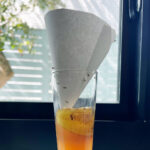Venus flytraps (Dionaea muscipula) are arguably the most captivating carnivorous plants, renowned for their insect-trapping abilities. These fascinating plants are often a first foray into carnivorous plant ownership due to their unique nature and appeal across all age groups. Native to the wetlands of southeastern North Carolina, they thrive in sunny, boggy environments with hot summers and cool, frost-prone winters. Venus flytraps lure insects with a sweet nectar secreted along the trap’s rim. The ingenious trapping mechanism is triggered when prey touches two trigger hairs within the trap, or one hair twice within 20 seconds, causing the trap to snap shut in milliseconds thanks to electrical signals.
While there is only one species, Dionaea muscipula, the enthusiasm of cultivators has led to the development of hundreds of registered and unregistered cultivars, making Venus flytrap collecting a popular hobby. Despite their availability in garden centers and supermarkets as houseplants, Venus flytraps are often mistakenly labeled as difficult to grow, partly due to the misconception that they need high humidity and cannot tolerate cooler temperatures. This guide aims to debunk these myths and provide a straightforward approach to successfully growing Venus flytraps, drawing on practical experience to offer valuable dos and don’ts.
Lighting: The Key to a Healthy Venus Flytrap
Adequate light is paramount for vibrant color and robust health in Venus flytraps. Ideally, they should be placed outdoors or in an unheated greenhouse to maximize sunlight exposure. However, indoor growing is achievable with the aid of grow lights or placement on a sunny windowsill, ensuring they receive several hours of direct sunlight daily. Insufficient light can lead to weak growth and a lack of the characteristic red coloration in the traps.
Watering: Mimicking Boggy Conditions
Venus flytraps are bog plants and prefer consistently moist conditions, often described as “wet feet.” The tray method is the most effective watering technique. From spring through late autumn, position your flytrap pot in a tray containing about an inch of water. Reduce watering during dormancy, ensuring the soil remains damp but not waterlogged.
Crucially, Venus flytraps are sensitive to minerals found in tap water due to their native nutrient-poor environment. Therefore, using distilled water, reverse osmosis (RO) water, or rainwater is essential. If your tap water’s total dissolved solids (TDS) is below 50 parts per million (PPM), it may be acceptable, but testing with a TDS meter is recommended. Hard tap water can lead to mineral buildup in the soil, harming your plant.
Media: Nutrient-Poor is Best
The ideal growing medium for Venus flytraps replicates their natural bog habitat – nutrient-poor and slightly acidic. A mix of 1 part peat moss to 1 part perlite is a popular choice. Alternatively, pure sphagnum moss or a sphagnum moss and perlite blend works well. Never use regular potting compost or any soil containing fertilizers, as these will provide too many nutrients and can be detrimental to Venus flytrap health.
Dormancy: A Crucial Winter Rest
Dormancy is often the most misunderstood aspect of Venus flytrap care, especially for new carnivorous plant enthusiasts. Venus flytraps are temperate plants that require a cold dormancy period, typically between Halloween and Valentine’s Day. During this time, temperatures should consistently remain below 50°F (10°C). You’ll notice the plant’s leaves begin to die back, and growth will slow significantly or cease entirely. Some plants may retreat entirely to their rhizomes.
This dormancy period is vital for the long-term health and vigor of your Venus flytrap. If you cannot provide a naturally cold location, such as an unheated garage or outdoor area (in suitable climates), the refrigerator method can be employed. Place the plant (bare root or potted in damp media) in a plastic bag in the refrigerator during the dormancy months.
 Venus flytraps in dormancy
Venus flytraps in dormancy
 Venus flytraps in dormancy close up
Venus flytraps in dormancy close up
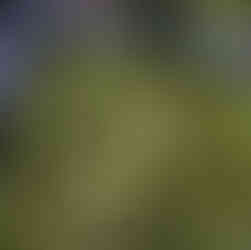 Venus flytrap rhizome in dormancy
Venus flytrap rhizome in dormancy
 Venus flytrap rhizome in dormancy close up
Venus flytrap rhizome in dormancy close up
During dormancy, reduce watering to keep the media just damp and refrain from feeding. Dormancy is also an ideal time for repotting or dividing your Venus flytrap. Don’t worry if your plant looks lifeless during dormancy; check the rhizome to ensure it’s still alive. A healthy rhizome will be whitish-pink, while a black and mushy rhizome indicates the plant has unfortunately perished.
Feeding: Nature Usually Takes Care of It
When a Venus flytrap successfully captures prey, the trap will close tightly for several days while it digests the insect. Enzymes break down the soft tissues, and after digestion, which can take 4 to 10 days, the trap reopens, leaving behind the insect’s exoskeleton. This exoskeleton can remain in the trap and may even attract further prey.
Generally, Venus flytraps kept outdoors or in greenhouses will naturally catch enough insects to thrive and won’t require manual feeding. For indoor plants, you can supplement their diet by offering live insects like flies or crickets. Live prey is recommended as the movement stimulates a full closure response, ensuring proper digestion. Avoid feeding dead insects, as the trap may reopen prematurely without fully digesting.
 Venus flytraps in bog barrel during winter
Venus flytraps in bog barrel during winter
 Venus flytraps frozen in winter
Venus flytraps frozen in winter
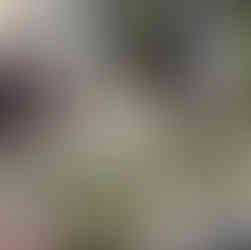 Venus flytrap digesting prey
Venus flytrap digesting prey
 Remains of digested flies in Venus flytrap trap
Remains of digested flies in Venus flytrap trap
Each trap can typically only close and reopen successfully about 3 times before it dies off. Avoid triggering the traps unnecessarily, as this expends energy and can stress the plant. It’s normal for a trap to die after successfully digesting prey; this is simply the natural lifecycle of individual traps.
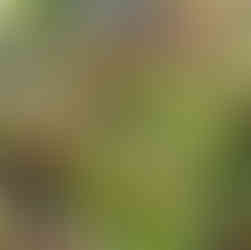 Remains of digested flies
Remains of digested flies
 Venus flytrap trap after digestion
Venus flytrap trap after digestion
Addressing Black or Dying Traps
It can be alarming to see traps turning black or yellow, but it doesn’t always indicate a dying plant. Individual traps have a limited lifespan and will naturally die off, especially as new leaves emerge or as the plant enters dormancy.
However, discolored traps can also signal stress from improper growing conditions or prey that is too large. Ensure you are providing adequate light, using appropriate water, and that any hand-fed insects are not larger than the trap itself. Traps need to close fully to digest prey properly; if prey protrudes, it can cause the trap to rot.
 Natural die back of Venus flytrap traps
Natural die back of Venus flytrap traps
 Cutting off dead Venus flytrap traps
Cutting off dead Venus flytrap traps
Flowering: To Cut or Not to Cut?
A common myth is that Venus flytraps die after flowering. This is not entirely true. While a weakened plant may struggle and potentially die after flowering due to the energy expenditure, a healthy Venus flytrap can flower without issue. Flowering does require significant energy from the plant.
 Venus flytrap flower stalk
Venus flytrap flower stalk
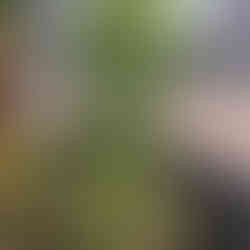 Venus flytrap flower bud
Venus flytrap flower bud
 Venus flytrap flower opening
Venus flytrap flower opening
 Venus flytrap in flower
Venus flytrap in flower
If you want to collect seeds or simply enjoy the flowers, you can allow your healthy plant to flower. However, if your plant is struggling, it’s best to cut the flower stalk to conserve energy and direct it back into vegetative growth.
By following these guidelines, you can successfully cultivate these remarkable carnivorous plants and enjoy the wonder of Venus flytraps.
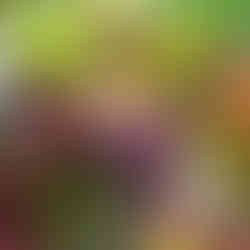 Healthy Venus flytrap trap
Healthy Venus flytrap trap
